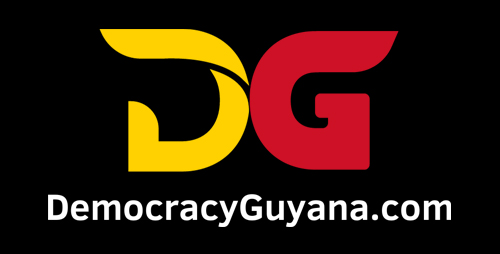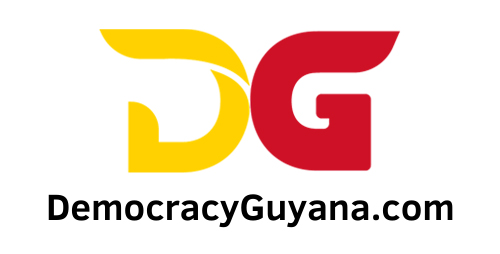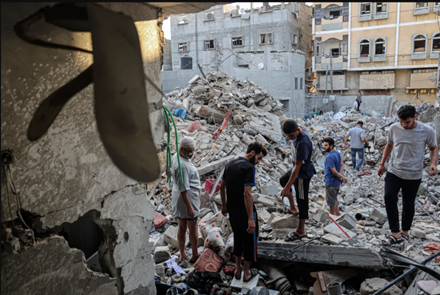Gaza City was rocked by horror this week after Hamas militants publicly executed eight men accused of collaborating with Israel. The victims, blindfolded and bound, were paraded before a crowd and shot dead by masked gunmen wearing green headbands associated with Hamas. The executions took place in broad daylight on a Gaza City street, with onlookers chanting “Allahu Akbar” as gunfire echoed through the area. Videos of the incident quickly spread online, drawing widespread condemnation from international observers and human rights organizations.
Hamas later issued a statement claiming that the executed men were “criminals and collaborators,” but provided no evidence or indication of any form of trial or legal process. This act of extrajudicial execution underscores the growing sense of lawlessness and fear in Gaza following the partial withdrawal of Israeli forces under a fragile ceasefire agreement. As power vacuums emerge across the enclave, various armed factions and tribal militias have sought to assert control, leading to escalating internal clashes. One of the most violent confrontations has been between Hamas and the influential Doghmush clan in the Sabra district, a conflict that has reportedly claimed several lives.
Human rights organizations, including the Palestinian Independent Commission for Human Rights and the Al Mezan Centre for Human Rights, condemned the executions as gross violations of international law. They argued that Hamas’s actions further destabilize Gaza and erode any prospect of justice or accountability. With civil institutions already weakened by war and economic collapse, these killings are seen as an attempt by Hamas to reinforce its authority through intimidation rather than legitimacy.
The incident also comes amid a stern warning from U.S. President Donald Trump, who recently declared that Hamas must disarm “or we will disarm them — and it will happen quickly and perhaps violently.” Trump’s remarks, made during a visit to Jerusalem, reflect mounting international pressure on Hamas to relinquish control of its weapons as part of his broader Gaza peace plan. His proposed 20-point initiative calls for a full disarmament of militant groups, the formation of a neutral governing authority, and the resumption of humanitarian aid under international supervision.
Analysts warn, however, that Hamas’s latest actions point in the opposite direction — toward consolidation of power through coercion. The public executions send a chilling message not only to perceived collaborators but to any group or individual who might challenge Hamas’s authority in a post-war Gaza. Ordinary citizens, already traumatized by months of conflict and displacement, now face a new wave of fear from within their own communities.
As the world watches, Gaza stands at a critical crossroads. The disarmament ultimatum from Washington, the fragile ceasefire with Israel, and Hamas’s internal purges have created a volatile and unpredictable environment. Whether the enclave moves toward peace or spirals further into violence may depend on one crucial question — can Gaza ever be governed by the rule of law rather than the rule of the gun?





